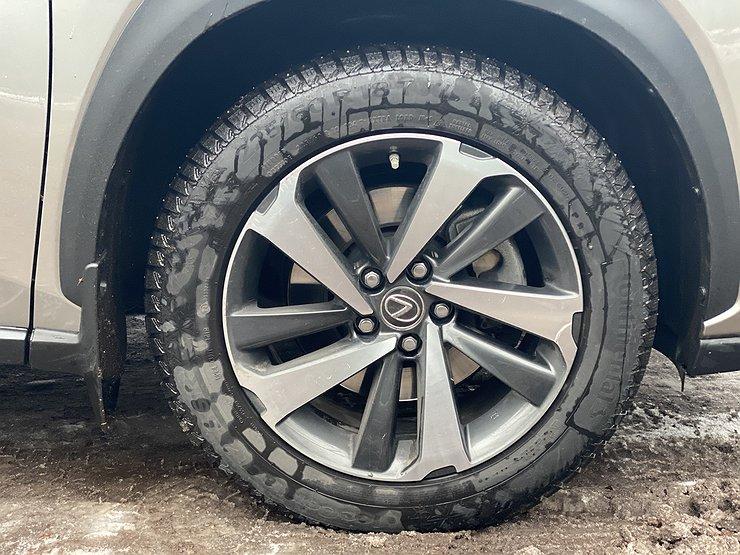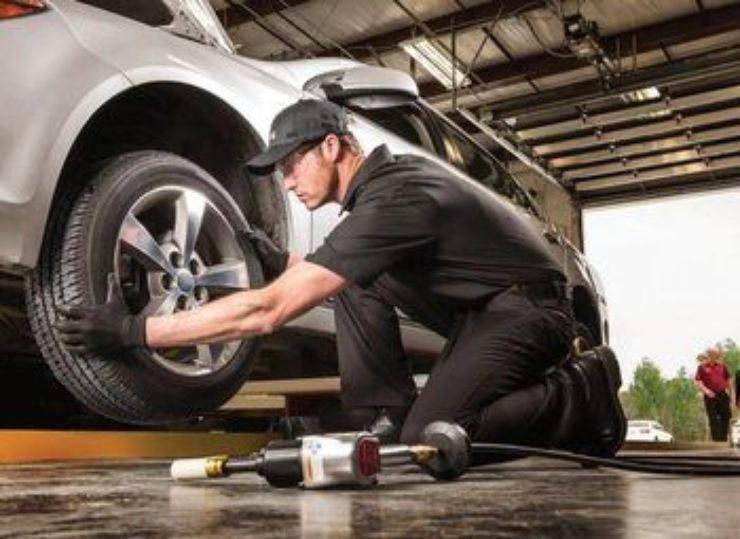
5 causes of flat tires that are not related to the usual puncture
Spring tire fitting has died down, most car owners have already “changed their shoes” on their cars and even managed to drive the first hundreds of kilometers on summer tires, after which they again went to the tire masters - after all, the wheels are lowered. Someone was lucky, and the matter ended with a simple patch or tourniquet. But alas, this has not happened to everyone. Why, explains the portal "AvtoVzglyad".
Indeed, the most common cause of flat tires are nails, screws, self-tapping screws and other hardware, generously scattered across Russian yards and roads. However, sometimes it turns out that visually the tire is absolutely intact, but the morning still starts with the pump. What to look for and how to solve the problem? The first thing to remember is the composition of the car wheel. The camera can no longer be found in it, but the tire and disk are in place. Let's start with iron.
Steel "stampings" are not popular with us, everyone and everyone wants to see "casting" on their car, and even better forged wheels. The latter, as well as the original ones, are prohibitively expensive, so most cars in Russia can boast of cast light-alloy "rims" made in China. Everything about them is great - the design, the form factor, and the price - but exactly up to the first hole. Cast discs are easy to deform, and even a slight change in geometry will lead to constant communication with the pump.
The second reason for the loss of integrity and, accordingly, pressure is a crack.

It is easy to get such a gift on a domestic road: a piece of asphalt canvas, deftly cut “for a patch”, is enough. The crack may be so tiny that it is not even visible to the eye, but this will be enough for the air. Every single day will begin with a peppy crackle of the pump and no less peppy curses.
Moving from the disk to the tire itself, it is worth remembering the glue that connects them. According to the observations of the employees of the AvtoVzglyad portal, a high-quality tire fitting can last no more than five to six years or 30 km “without interventions”. Then the wheel will still start to etch, and it will have to be taken to a specialist. Savings on "chemistry" and the use of various "analogues" will lead to a significant reduction in this period. As, however, and the love of moving on eternally flat tires.
From time to time, improper storage and operation, the tire itself can be deformed. Having become square, the rubber will not stay on the disk, no matter how “moment” it is glued. It will hit the steering wheel, destroy the suspension and affect fuel consumption for the worse, as well as constantly lower it. By the way, a heavily worn tire, the cord of which has already “departed”, will soon please its owner with “hernias” and one day it will simply burst.

The tread height is not always an indicator of the “professional suitability” of a tire. Sometimes it happens that the tire visually looks not yet worn out, but cracks appear on it from time and storage in the sun. As in the case of the disk, a couple of microns will be enough for the wheel to start to "etch", forcing you to get the pump out of the trunk more often than usual. Riding on such wheels is no longer worth it - the tire can burst at any time from the minimum road unevenness.
The final point that many people forget is the nipple. The valve, also known as the spool, needs to be replaced regularly, because over time it wears out and begins to let air in the opposite direction. But before you throw it away and buy a new one, you should just try to wrap it up - even the most reliable connections “self-disassemble” from Russian roads.
